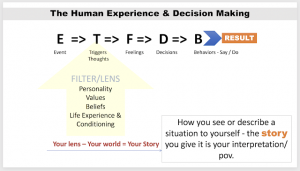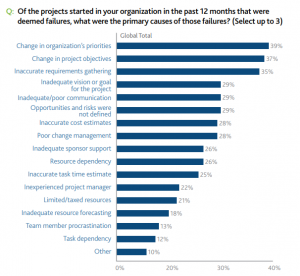With the end of the 2014 year approaching, we figured it’s a good time to take a quick look back at the year and point out some of the changes and trends in digital marketing.
It’s difficult to predict how the landscape of digital marketing it going to shift, and what is and what isn’t going to work. With the innovations in technology and the vast amount of businesses turning to online marketing, the evolution of digital marketing is swift. So here are 3 major trends that took place in 2014.
Mobile Marketing
Many say mobile marketing is the future. Mobile marketing isn’t the future; it’s NOW, and 2014 proved that. It shouldn’t be any surprise. In 2014, more than half the U.S. population (57%) owned a smartphone, and those smartphone owners are spending an average of 2 hours per day on their mobile devices. That’s a lot of opportunity for businesses to get their products or services in front of the faces of their potential customers.
Marketers are also on the mobile bandwagon. In 2012, marketers spent $ 4.4 billion on mobile advertising and doubled it to $ 8.5 billion in 2013. This number is expected to double once again as 2014 comes to a close.
Real-Time Marketing
More and more, you are starting to see real-time marketing. So what is real-time marketing? It’s taking currents events and using that to market your product.
A perfect example was during the 2013 Super Bowl. During a 34-minute power outage, Oreo Cookie tweeted a photo of an Oreo Cookie in the dark with the caption, “You Can Still Dunk In The Dark.” Sounds simple, right?
During the 34-minute Super Bowl fiasco, the Oreo tweet, which was designed, captioned and approved within 10 minutes, was retweeted 10,000 times in one hour. Some even believe the tweet itself had greater payoff then their actual Super Bowl ad, which cost millions to create.
This is something that is catching fire in digital marketing, and should continue to be used more often in the near future.
Word of Mouth Marketing
This is a big one, and quite possibly one of the most valuable forms of marketing. The reason it’s so important is that customers trust above all else what they hear from their friends and families. An astounding 92% of consumers trust or believe recommendations from friends and families over all other forms of advertising.
Now how to master this technique is difficult, but a good start is by connecting with your fans of your social sites rather than trying to collect as many fans as possible. People want to know that there is someone on the other side of the computer that they can connect with. Taking the time to engage, educate and empower your fans can go a long way in your marketing plan .
Digital & Social Articles on Business 2 Community
(293)
Report Post







